What is the Rutland FM1803 Suitable for?
Performance of the Rutland FM1803
Click the tabs to find out more
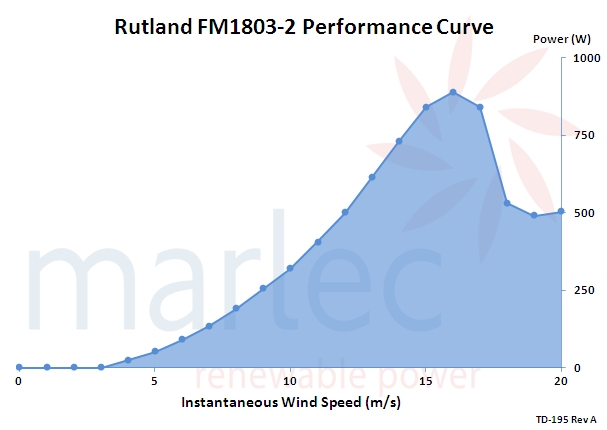
We publish our curves based on measured data and use ongoing actual performance data collected and monitored over long periods of time of the turbines running in clear and real wind conditions. This means the turbines are also subject to side winds, upwinds and sudden changes of wind direction (these are the causes of turbulence) experienced at a user’s typical installation. Our curves represent a truer reflection of the power output you can expect from your Rutland Windcharger compared with many other turbines.
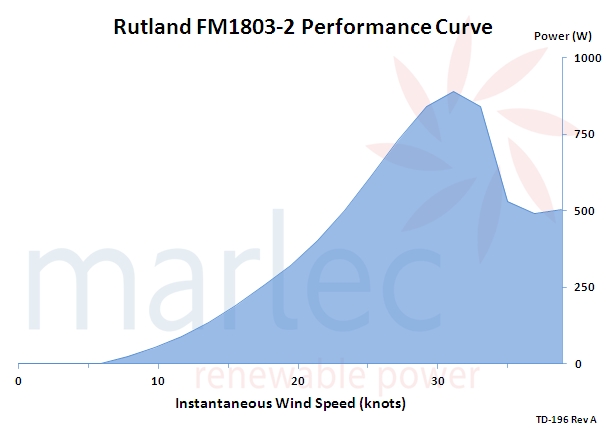
A power curve is usually given by manufacturers to represent the performance of a wind turbine. Some may be based on theoretical or predicted output and others plot the power achieved under steady state conditions. Wind tunnel testing and turbines run on vehicle rooftops can provide useful information for a manufacturer but power curves derived in this way need to be understood as running in a clear and unobstructed wind flow so they do not represent what is actually achieved in real wind conditions. Power curves from theoretical analysis cannot be regarded as representing what is actually achieved at all.
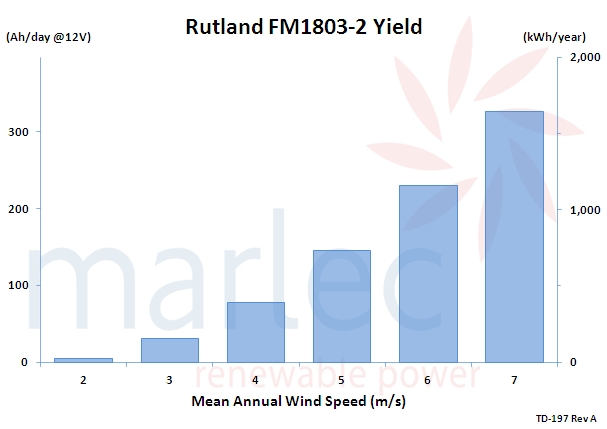
A more useful guide of how much power you can expect from your turbine is the Annual Energy Yield. That’s because wind energy is a “cube law,” which means that when the windspeed doubles the power potential is 8 times! Check the Annual Energy Yield bar chart which uses the Rayleigh distribution to calculate the Ampere hours of battery charging you can expect at given average wind speeds per annum. As these are averaged across the year you should consider how these figures will ebb and flow across the seasons when you might expect a higher average during the windier seasons. We often recommend the combination of wind and solar charging to smooth out the daily energy yield.
Rutland FM1803 Specifications
| Cut in Windspeed | 3 m/s | |
| Output Voltages Available (Nominal) | 12V | 24V |
| Power / Current Ratings: | ||
| 5m/s 9.7knots | 52W (3.77A) | 52W (1.88A) |
| 11m/s 21.4knots | 404W (29.28A) | 404W (14.64A) |
| 15m/s 29.2knots | 840W (60.87A) | 840W (30.43A) |
| Packed Weight & Dimensions | 74kg 1200 x 675 x 520 | |
| Generator Type | Low friction 3 phase, brushless. |
| Yaw Rotation | Slipring for 360° free rotation. Low brush wear. |
| Governing Devices | Tail fin mechanically furls at 15m/s to reduce turbine speed. |
| Turbine Diameter | 1800mm |
| Turning Radius | 1145mm |
| Net Weight | 29.2 kg |
Gallery of Applications
Dimensions
Battery Management
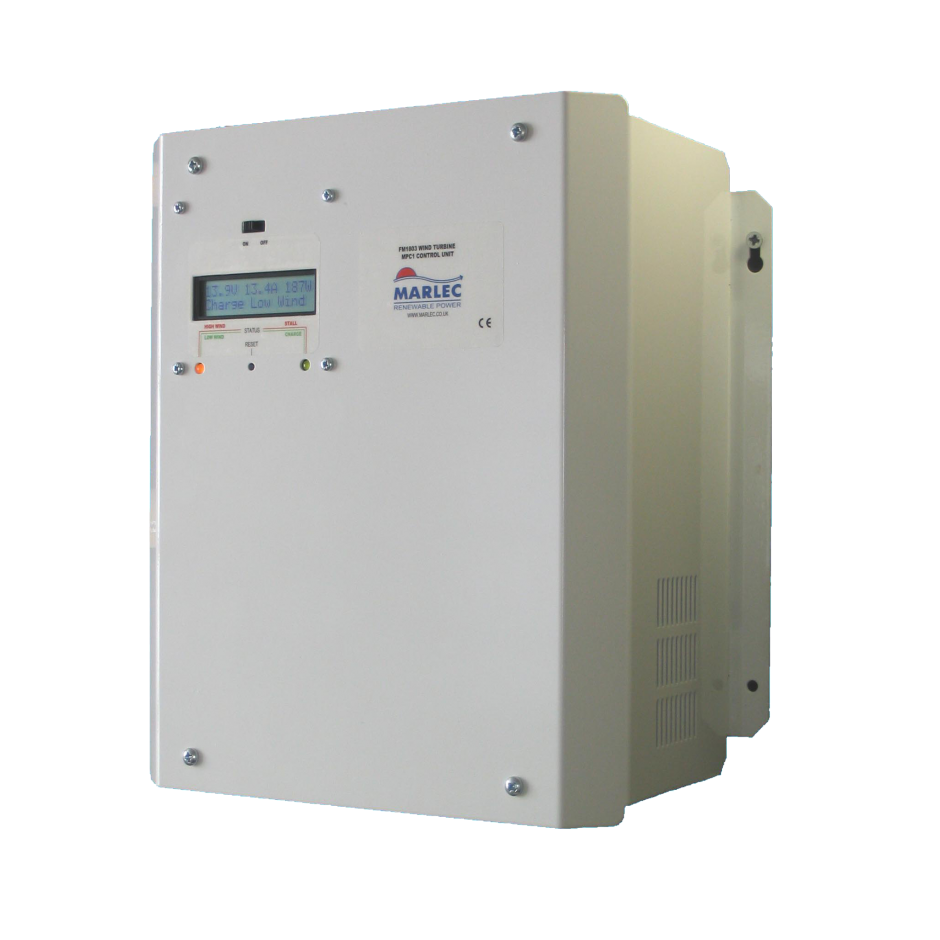
The Rutland 1803 comes with the MPC1 Controller which protects batteries against overcharge. A digital LED display shows battery voltage switching points are automatically adjusted for ambient temperature to maintain optimum battery performance. MPC1 Controller incorporates 4 key features; 3 phase trasnformer to reduce voltage, a rectifier to convert AC to DC an electronic controller and battery overcharge protection.
Materials
We construct our Rutland wind turbines using a range of modern and traditional high quality materials which are designed to endure in a marine environment. We have innovated in our field by introducing light weight but robust high density nylon and glass reinforced materials that are UV stable alongside marine grade aluminium, stainless steel, sealed for life bearings and other carefully selected and precision worked materials in our UK factory.
Our Guarantee to You
Rutland Windchargers are designed, developed and manufactured in the UK by Marlec. We warrant our products for 2 years from date of purchase. With over 35 years of experience in our field we continuously develop designs and materials to ensure our products withstand the rigours of the testing environments that our customers put our Windchargers through. You can buy with confidence that our products will endure, will meet our claimed specifications and that you are buying a product that has sold, in its versions, worldwide in excess of 100,000 units fully supported by our sales and engineering teams here in Corby, UK.
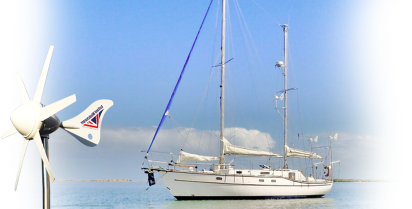

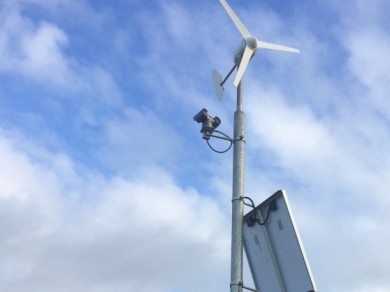

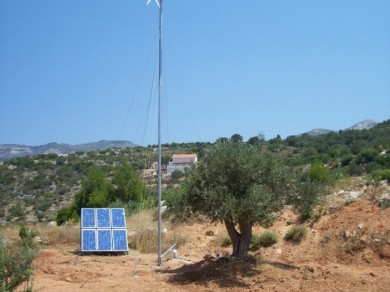
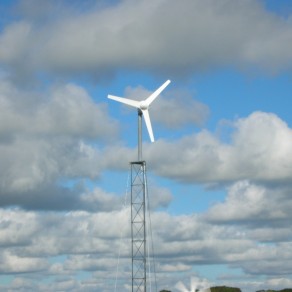
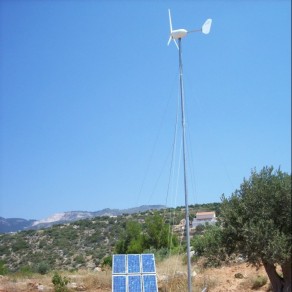
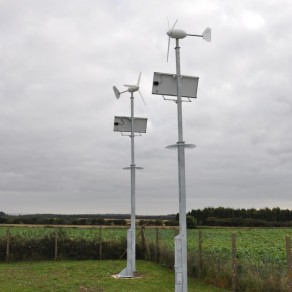
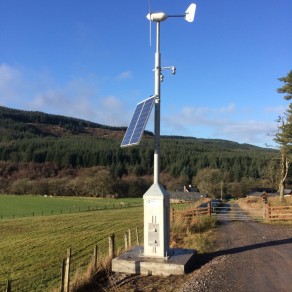
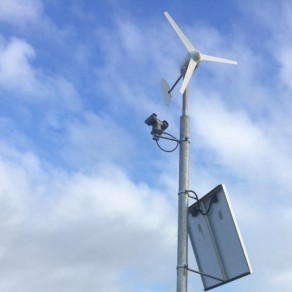
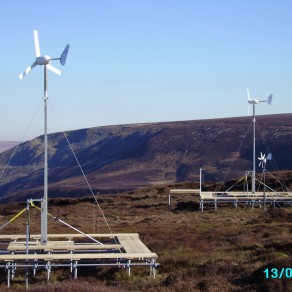
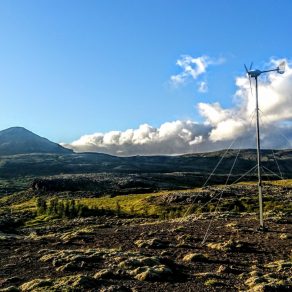
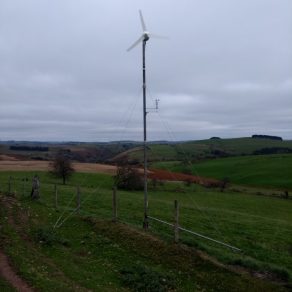
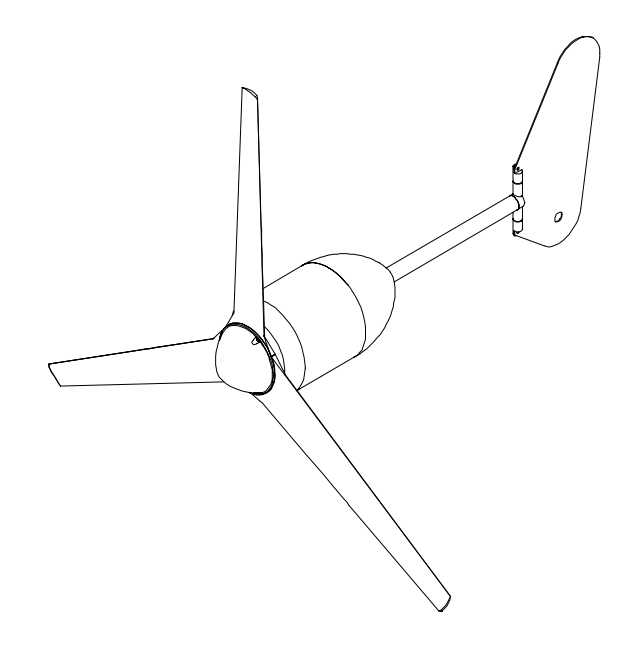
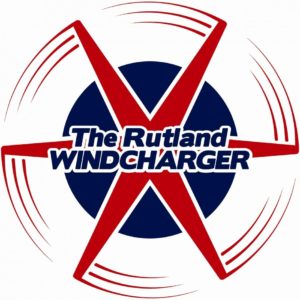
Diane –
Good machine, ours has been up for a good few years and has not been touched. It spins away and has survived very high winds, like the old FM1800, it is robust but comes in a more streamlined package. The only problem we have had was with the controller after a thunderstorm, we have fitted several MOV sets on the downline in the hope that this would drain any spikes to earth before they get to the controller, so far so good.